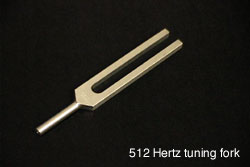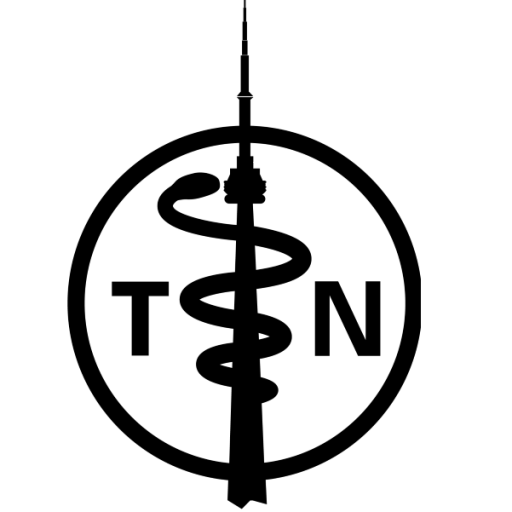The auditory nerves subserves both hearing and vestibular function.
Examination Technique:
1. Hearing:
- mask the opposite ear and whisper numbers. The patient should not be able to read your lips. Ask the patient to repeat the numbers. If they cannot do so, increase the volume of your voice and repeat as needed. Note any asymmetry.
- compare air versus bone conduction using the Rinne test. Apply the vibrating fork against the mastoid process. Utilize the 512 Hertz tuning fork. Ask the patient when they can no longer hear it, then place it in front of the ear.
- test for lateralization using the Weber test. Apply the vibrating tuning fork to the center of the forehead and ask the patient where they hear it.
2. Vestibular Function:
- the vestibular component of the auditory nerve is tested by observing for nystagmus when extraocular movements are assessed.
Normal Response:
- Rinne – air conduction (perceiving the sound of the tuning fork in front of the ear) is greater than bone conduction (with the tuning fork held against the mastoid process).
- Weber – normally, patients will either hear it equally from both ears or respond that they are not sure.
Abnormal Response:
- Rinne: in conductive hearing loss, bone conduction is greater than air conduction. In sensorineural deafness, air conduction is greater than bone conduction.
- the Weber is abnormal if the patient clearly lateralizes it to one ear. With a conductive hearing loss, the patient lateralizes the sound to the affected ear. With sensorineural deafness the sound is best heard by the non-involved ear.

